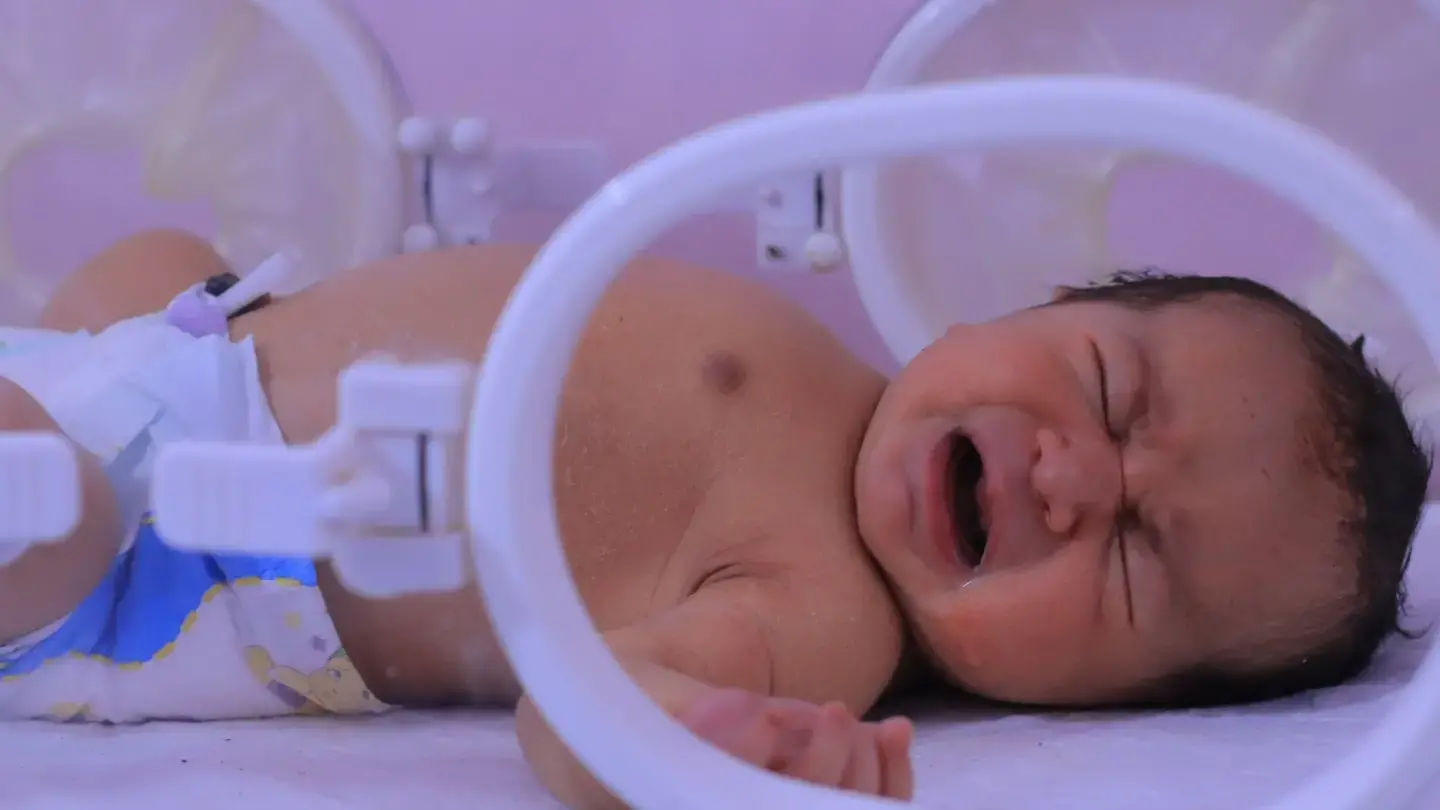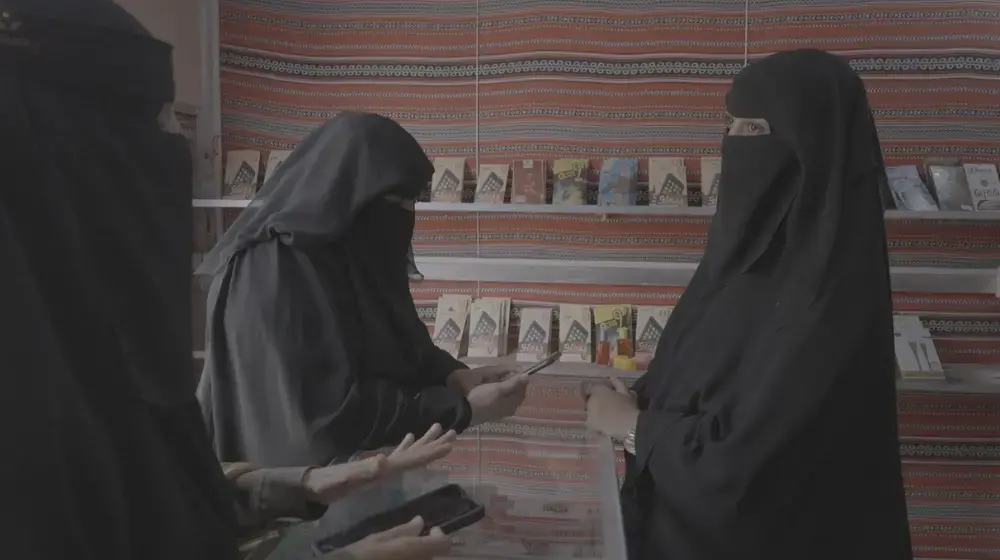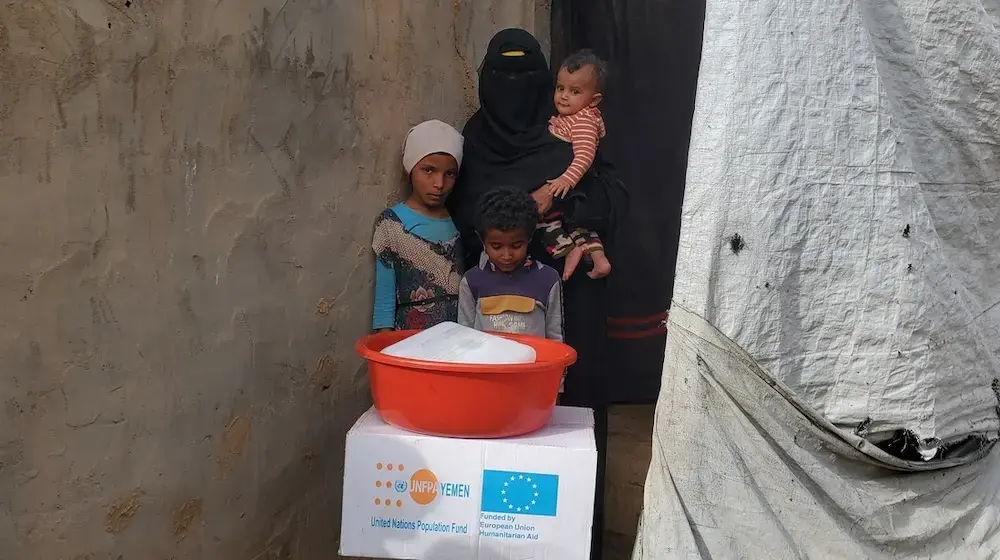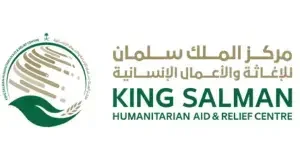Now in its tenth year, the crisis in Yemen continues unabated. The deteriorating economic outlook, protracted conflict, and crumbling basic services are exacerbating humanitarian needs across the country. Meanwhile, climate shocks, increased regional tensions, and chronic underfunding of critical humanitarian sectors are further worsening people’s vulnerability and suffering.
In 2025, an estimated 19.5 million people across Yemen need humanitarian assistance and protection services—1.3 million more than last year. Women and girls continue to be disproportionately impacted by the humanitarian crisis in Yemen. They face severe protection risks, as well as limited access to basic services such as healthcare, especially maternal and reproductive care.
Nearly 80 per cent of the 4.8 million people displaced in Yemen are women and girls. A quarter of displaced households are headed by women, compared to 9 per cent before the escalation of the conflict in 2015.






















